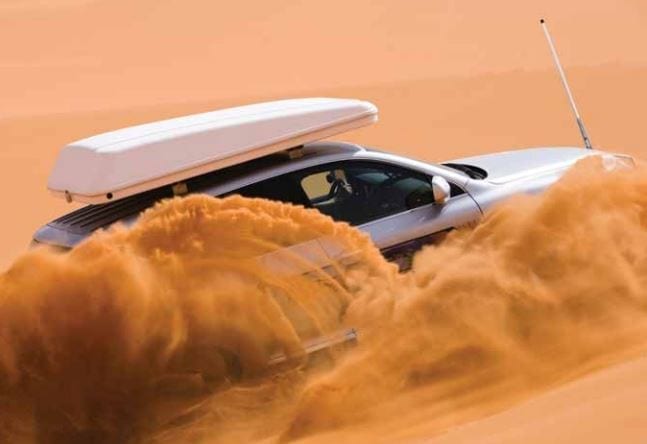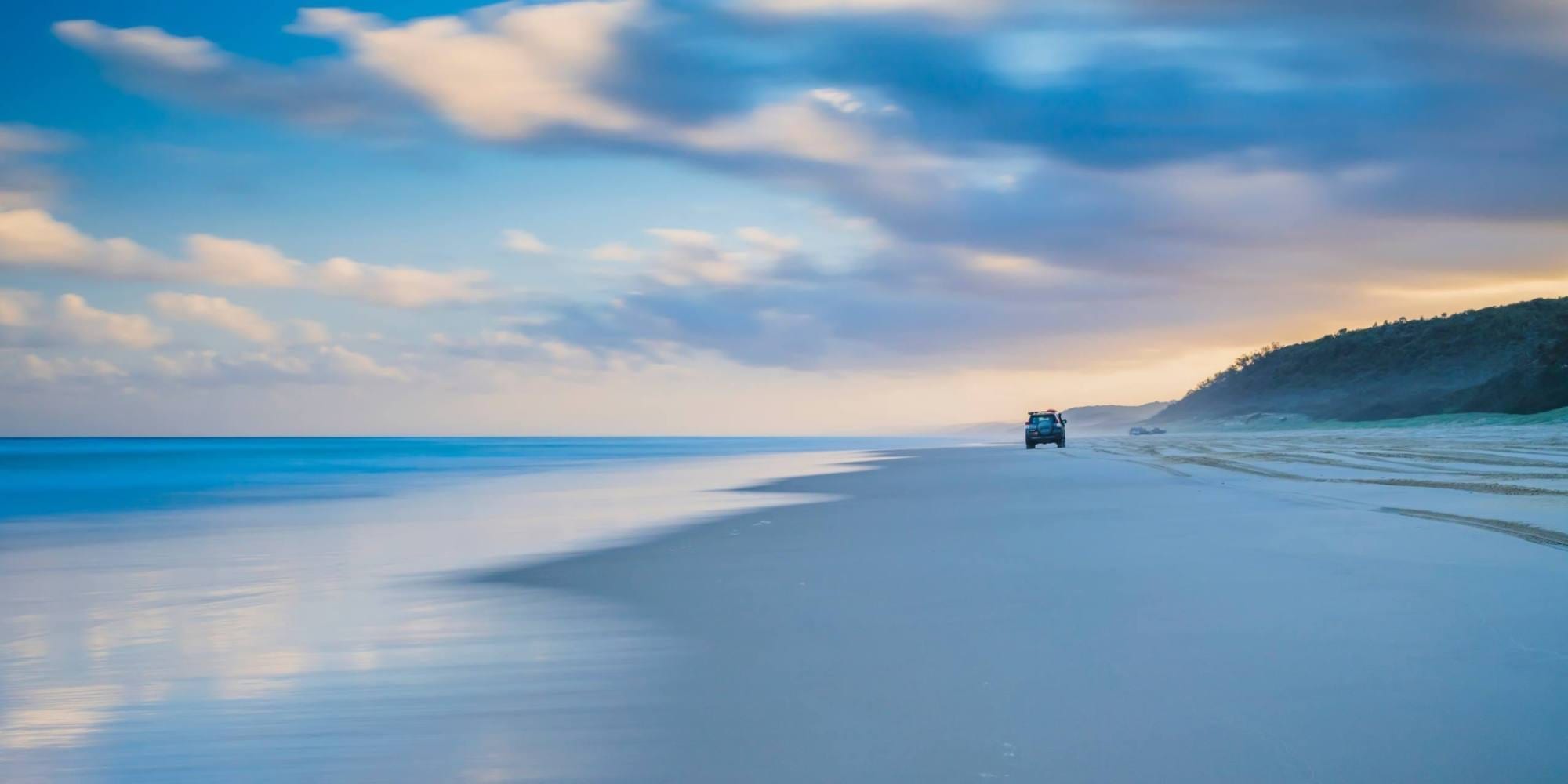Everything You Need to Know on Beach Camping
If you’re planning your next 4×4 adventure and looking for some of Western Australia’s most beautiful camping destinations, there’s no other place to be than our breathtaking coastline.
Camping by the beach offers up the ultimate family getaway experience or hit up a couple of mates for a ladsy weekend away packed full of fishing, camping under the stars, beach four-wheel driving, snorkelling, swimming, couple of cold ones and whatever else you can chuck in the back of the ute.
However, before you embark on your journey you’ll need to make sure you get your 4×4 beach ready. This will better prepare you and your rig for the perils of driving on some of WA’s best beach accessible tracks — but be prepared to get bogged, that’s all we have to say.
Now unfortunately, you can’t just drive onto Cottesloe beach and pitch up a tent, as camping directly on the beach is not permitted in most places.
However, there are a select few beaches that will allow it. Some also offer up campsites that are relatively close to the beach, close enough to smell the salt in the air.
This leads us to the first step in our Complete Guide to Beach Camping in WA.
Find a beach you can camp on
Generally speaking, there are a lot of restrictions when it comes to camping throughout WA. Most destinations will offer allocated paid/free campsite areas for you to set up shop, as well as provide amenities such as BBQs, toilets and showers. That said, it’s not that hard to find out where you can camp either.
The easiest way is to check out local shire websites, vist DPAW, keep an eye out for any signs, or download the app WikiCamps Australia.
Get your 4×4 beach ready

As mentioned before, if you plan on driving on the beach, you’ll need to at least have a 4×4 as the minimum. But you may also need to gear it up for driving on the sand, which includes lowering tyre pressure, weight reduction, how to tackle sand dunes and bringing the right recovery gear.
If you’ve never driven on the sand before, we highly recommend completing a 4WD training course. Not only do they teach you every aspect there is to know about your fourby, you’ll also learn how to tackle various terrains.
Research your destination
With a location in mind, we recommend checking the tides, wind and temperature for the duration of your trip. Setting up camp too close to the water’s edge without knowing how high the tide is coming up can be devastating. In some beach accessible tracks including Wilbinga and Tim’s Thicket the tide can rise high and fast, and you don’t want to be caught out.
The wind is another element to consider when choosing where to set up camp. For stronger winds, we recommend setting up the tent facing into the wind, otherwise camping off the beach is going to be a better choice. Getting sand blasted isn’t ideal.
As much as we enjoy spending time outdoors and catching some rays you’ll soon feel the heat. Temperatures can reach well over 40 degrees in some parts of WA, so make sure you bring plenty of drinking water to keep hydrated and take lots of breaks in the shade. On the other end of the spectrum, when the sun goes down things can get a little chilly, so don’t forget to bring a set of warmer clothes.
Beach camping gear checklist
Ever had that moment where you realised you’ve forgotten something? Forget something as crucial as the cooker 200km away from home and in the middle of nowhere and you’ll be kicking yourself. The best way to make sure you don’t leave anything behind is to create a checklist.
Camping essentials
Tent, swags, and awnings
Air beds and pump
Blankets, pillows and sheets
Portable gas stove and spare gas canisters
Lighting such as lanterns, torches, head strap lamp and spare batteries
Insect repellent and sunscreen
Lighters, fire starter and matches
Toilet paper and paper towels
Cooking utensils, tableware and cutlery
Water purification and rehydration tablets
Foldable chairs
- Plenty of tarp
Suitable clothing for all weather types including thongs, thermals, swim suit, rain jacket, sunglasses and a hat
Hunting or pocket knife
Plenty of rubbish bags
- Fully stocked cooler
Maps, compass, GPS, flares and safety beacon
- Extra vehicle keys
First aid kit (as mentioned above)
Tool kit (as mentioned above)
Recovery gear (as mentioned above)
Engine spares and electricals (as mentioned above)
More on 4WD campaign accessories here.
Where to set up camp
Where is the best location to set up shelter?
Whether you’re pitching a tent, using a roof tent or you’ve towed your caravan, choose a spot where you will be on higher ground, above the tide and away from the dunes. Keep an eye out for any animal tracks in the area, last thing you want is an unwanted intruder rummaging through your supplies.
Tips to prepare your camp area:
Clear the ground of any stones or large rocks for a more comfortable sleeping area.
Remember all that tarp we told you to pack? Here’s where you’re going to need it. Lay the tarp on the ground, this will help keep you dry and sand out of the tent.
Secondly, lay another piece of tarp on the inside floor of your tent.
Stay at least a 100m away from amenities or toilet to avoid contamination but just close enough to make easier trips during the night.
Setting up near vegetation allows you to create a make-shift clothes line using two trees.
Leave your tent closed at all times to prevent sand from blowing in.
Essential 4×4 accessories
Depending on the activities you’ll be doing, there are a select few we highly recommend.
Fishing rod holders are a must. This will make fishing off the beach and holding a cold one a breeze.
Roof racks for extra storage space.
Recovery gear is a must-have when traversing on beaches.
At minimum, you should have maxtrax and a snatchstrap
- Shovel
Rated recovery points bolted to chassis or your bullbar
Rated D Shackles
Tree protector and snatch pulley
Whether you’re an experienced outdoor enthusiast or a novice, it’s always good practice to inspect your vehicle before and after every 4×4 adventure to ensure you and your passengers’ safety.
The last thing you’d want to happen is to be stranded in the middle of nowhere because you forgot to check basic elements on your forbie. If you’re in doubt, you can always contact the professionals at Total 4×4, who are happy to inspect your engine and vehicle to make sure you’re good to go.
Now what?
Are you looking for things to do while camping? We have selected the best spots to go for outdoor activities that are accessible by 4wd:
